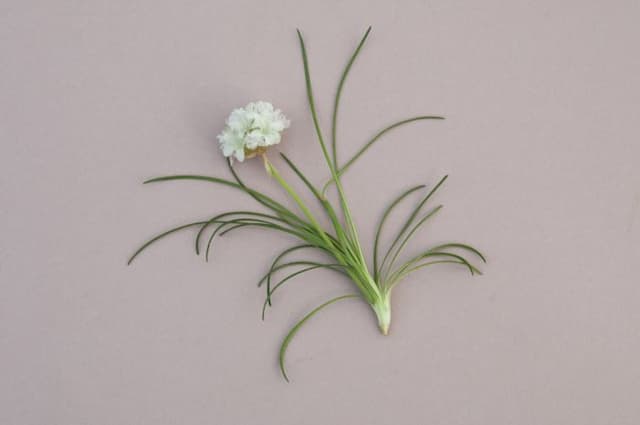Griffith's Blue Leadwort Ceratostigma griffithii

ABOUT
Ceratostigma griffithii, commonly known as Griffith's blue leadwort, is a perennial plant that is well-known for its striking appearance. The plant features a dense collection of leaves that are pointed and typically a lustrous green color. As the seasons change, especially in the autumn, these leaves can take on a reddish tint, providing a warm contrast to the chillier weather. One of the most striking characteristics of Griffith's blue leadwort is its flowers. The plant produces a profusion of deep blue flowers that have a vivid and almost metallic sheen. These blossoms are formed in clusters at the tips of the stems, creating a showy display that can be quite eye-catching in any garden setting. The stems of Griffith's blue leadwort are another notable feature. They are slender and branch gracefully, giving the plant an open, airy feel. While the overall appearance of the plant is delicate, it is actually quite hardy and can be a resilient addition to a variety of garden spaces.
About this plant
 Names
NamesFamily
Plumbaginaceae
Synonyms
Griffith's Blue Leadwood, Griffith's Plumbago, Dwarf Plumbago
Common names
Ceratostigma willmottianum var. griffithii
 Toxicity
ToxicityTo humans
The plant commonly known as Plumbago is not widely recognized for being toxic to humans. However, it is always wise to exercise caution as individual allergies and sensitivities can vary. If a person were to ingest parts of the Plumbago, they might experience mild gastrointestinal upset or skin irritation. While significant toxicity is not commonly reported, it is advisable to keep all plants out of reach of children who might accidentally ingest plant parts.
To pets
Plumbago is not typically toxic to pets. It does not appear on lists of plants known to be poisonous to cats, dogs, or other domestic animals. That being said, it is still a good practice to prevent pets from ingesting plants, as individual animals may have unique sensitivities or allergic reactions, and ingestion could potentially cause mild gastrointestinal upset.
 Characteristics
CharacteristicsLife cycle
Perennials
Foliage type
Deciduous
Color of leaves
Green
Flower color
Blue
Height
2-3 feet (0.6-0.9 meters)
Spread
2-3 feet (0.6-0.9 meters)
Plant type
Shrub
Hardiness zones
9
Native area
Himalayas
Benefits
 General Benefits
General Benefits- Ornamental Appeal: Ceratostigma griffithii, commonly known as Griffith's Blue Leadwood, adds visual interest to gardens with its vivid blue flowers.
- Low Maintenance: It is relatively easy to care for, requiring minimal upkeep once established.
- Drought Tolerance: Once established, the plant has good drought tolerance, making it suitable for xeriscaping or gardens with low water availability.
- Attracts Pollinators: The flowers attract bees, butterflies, and other pollinating insects, supporting biodiversity.
- Autumn Color: The leaves often turn a beautiful red or purple in the autumn, providing seasonal interest.
- Ground Cover: Its growth habit can help prevent soil erosion and suppress weeds when used as ground cover.
- Hardiness: The plant is quite hardy and can survive in a range of climates and soils.
 Medical Properties
Medical PropertiesThis plant is not used for medical purposes.
 Air-purifying Qualities
Air-purifying QualitiesThis plant is not specifically known for air purifying qualities.
 Other Uses
Other Uses- Ceratostigma griffithii, commonly known as Griffith's blue leadwort, can be used in fabric dyeing processes for its ability to produce blue shades, although not commonly practiced.
- The sap of Griffith's blue leadwort can be applied to various crafting materials as a natural adhesive, due to its sticky texture when fresh.
- Dried leaves of the plant can be mixed into potpourri for their subtle fragrance and decorative color to enhance the visual appeal.
- When crushed, the leaves can leave a semi-permanent stain on woods and can be used in woodworking for staining small handicrafts.
- Griffith's blue leadwort can be planted in areas prone to soil erosion because its root system helps to stabilize the soil.
- Branches of the plant can be used in flower arrangements to offer a contrasting blue color against other flowers.
- The vivid blue flowers can be pressed and used as a natural decoration in paper making or in the art of botanical illustration.
- Dried parts of the plant can be used in educational settings for botany studies, helping students identify parts of a plant and studying pigment in flowers.
- In cultural festivities, Griffith's blue leadwort can be used as a natural decor due to its brilliant blue flowers which can represent certain themes or palettes.
- Extracts from the flowers can potentially be used as an indicator solution in simple pH tests as plants sometimes exhibit color changes in response to acidity or alkalinity.
Interesting Facts
 Feng Shui
Feng ShuiThe Plumbago is not used in Feng Shui practice.
 Zodiac Sign Compitability
Zodiac Sign CompitabilityThe Plumbago is not used in astrology practice.
 Plant Symbolism
Plant Symbolism- Resilience: Ceratostigma griffithii, commonly known as Griffith's plumbago, often symbolizes resilience due to its hardy nature, thriving in tough conditions where other plants might struggle.
- Perseverance: Since Griffith's plumbago continues to bloom even under adverse circumstances, it represents perseverance in the face of difficulty.
- Transformation: This plant’s ability to adapt to its environment and the changing seasons reflects the concept of transformation and personal growth.
- Beauty in Simplicity: The plant’s understated elegance is reflective of finding beauty in simplicity, highlighting the importance of appreciating the basic and natural aspects of life.
- Rebirth: The blooming cycle of Griffith's plumbago, which can occur multiple times a year, represents the idea of rebirth and new beginnings.
 Water
WaterThe Plumbago auriculata, also known as Cape Leadwort, should be watered thoroughly when the top inch of soil feels dry to the touch. Depending on the environment, this may result in watering every few days during the active growing season, typically spring and summer. It's best to use long, deep waterings rather than frequent shallow ones to encourage deep root growth, which might amount to around 1-2 gallons for a medium-sized outdoor plant every week. During winter, reduce watering to every couple of weeks or less, as the plant's water requirements decrease significantly.
 Light
LightPlumbago auriculata thrives in full sun to partial shade. The ideal spot would be where it can receive at least six hours of direct sunlight balanced with some dappled shade during the hottest part of the day. A south or west-facing location where the light is bright and ample would be perfect for this plant to encourage robust flowering.
 Temperature
TemperaturePlumbago auriculata grows best in temperatures that range from 35 to 90 degrees Fahrenheit. It can survive minimum temperatures down to about 20 degrees Fahrenheit but prefers not to stay in the cold for extended periods. Keep in mind, the ideal growing conditions are within the 60 to 75 degrees Fahrenheit range, and consistent temperatures below the minimum can be detrimental to the plant's health.
 Pruning
PruningPruning the Plumbago auriculata, or Cape Leadwort, is essential for controlling its shape and size, and for encouraging prolific blooming. Prune in late winter or early spring before the new growth begins. Remove any dead or damaged wood, and cut back up to one-third of the plant to maintain a dense, bushy form. It will also benefit from light pruning throughout the growing season to remove spent flowers and promote continuous blooming.
 Cleaning
CleaningAs needed
 Soil
SoilThe best soil mix for Plumbago auriculata, commonly known as Leadwort, is well-draining soil with a mix of loam, sand, and compost. It prefers a soil pH between 5.5 and 7.5. Amending the soil with organic material will improve growth and flowering.
 Repotting
RepottingLeadwort should be repotted every 2 to 3 years to refresh the soil and promote healthy growth. Springtime is the best period for repotting. Care should be taken to not damage the root system during this process.
 Humidity & Misting
Humidity & MistingLeadwort thrives in average room humidity levels but can tolerate lower humidity without adverse effects. It does not require high humidity to grow successfully, making it versatile for varying home environments.
 Suitable locations
Suitable locationsIndoor
Ensure bright light, well-draining soil, and regular watering for indoor Leadwort.
Outdoor
Plant in sun to part shade, well-draining soil, and water regularly for outdoor Leadwort.
Hardiness zone
7-9 USDA
 Life cycle
Life cycleCeratostigma griffithii, commonly known as Griffith's plumbago, begins its life cycle with seed germination, usually carried out in spring under the right temperature and soil moisture conditions. Once the seeds germinate, they develop into seedlings, which then mature into young plants with a characteristic bushy growth habit. As the plants grow, they produce oblong to lance-shaped green leaves and clusters of deep blue to violet flowers, typically from late summer to autumn. After pollination, primarily by insects, the flowers develop into capsules containing the seeds. The plant may also spread through rhizomes, leading to new shoots emerging from the soil around the parent plant. In winter, the plant goes into a period of dormancy, with leaves often turning a vibrant red or purple before shedding, and it remains dormant until the next growing season.
 Propogation
PropogationPropogation time
Spring to summer
The most popular method of propagation for the Dwarf Plumbago (Ceratostigma griffithii) is by semi-hardwood cuttings. The ideal time for taking cuttings is in the late summer when growth has partially matured but is not fully hardened. Cut a 4 to 6 inch (10 to 15 cm) section of stem that includes several leaves. Dip the cut end in rooting hormone powder to encourage root development. Then, plant the cutting in a well-draining potting mix, ensuring that at least one set of leaves is above the soil surface. Place the pot in a warm, bright area but out of direct sunlight and keep the soil consistently moist. Roots typically establish within several weeks, after which the cuttings can be transplanted into the garden or individual pots.
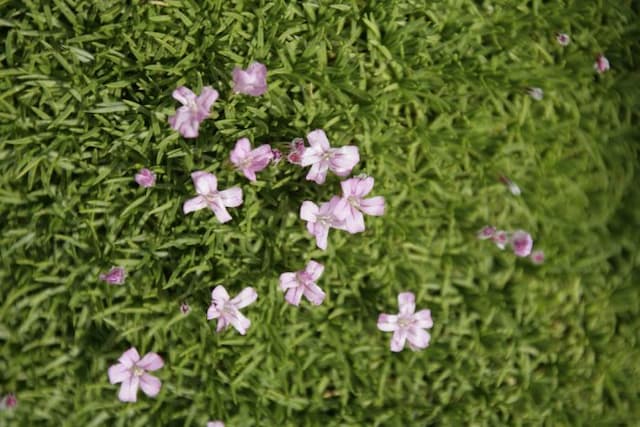
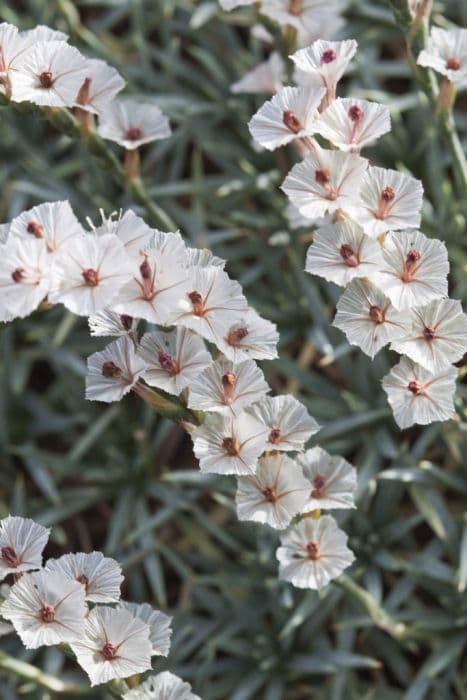
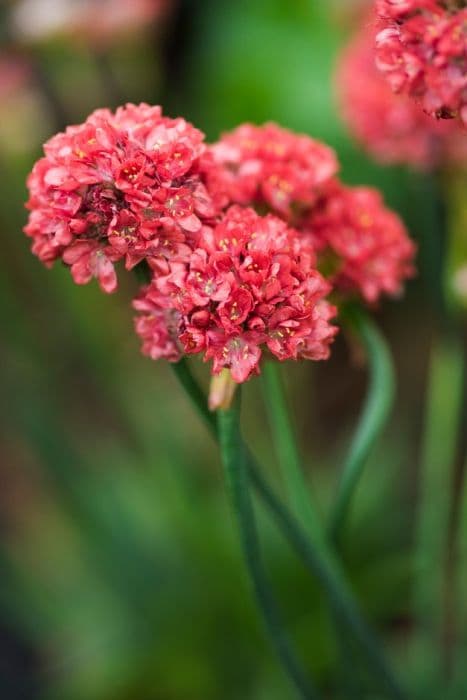
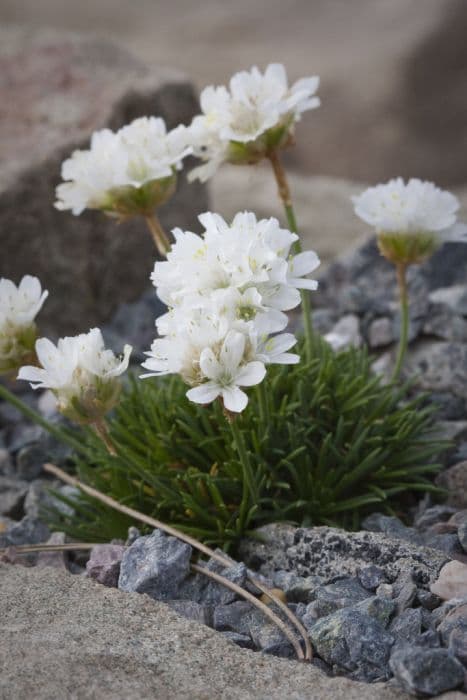
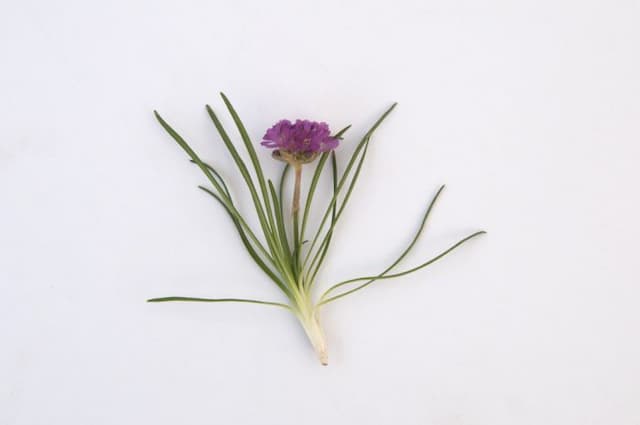


![Chinese plumbago [Forest Blue]](/_next/image?url=https%3A%2F%2Fplants-admin.emdemapps.com%2Fimages%2Fplants%2F%2Fimages%2F604b5c4db911f.png&w=640&q=75)

